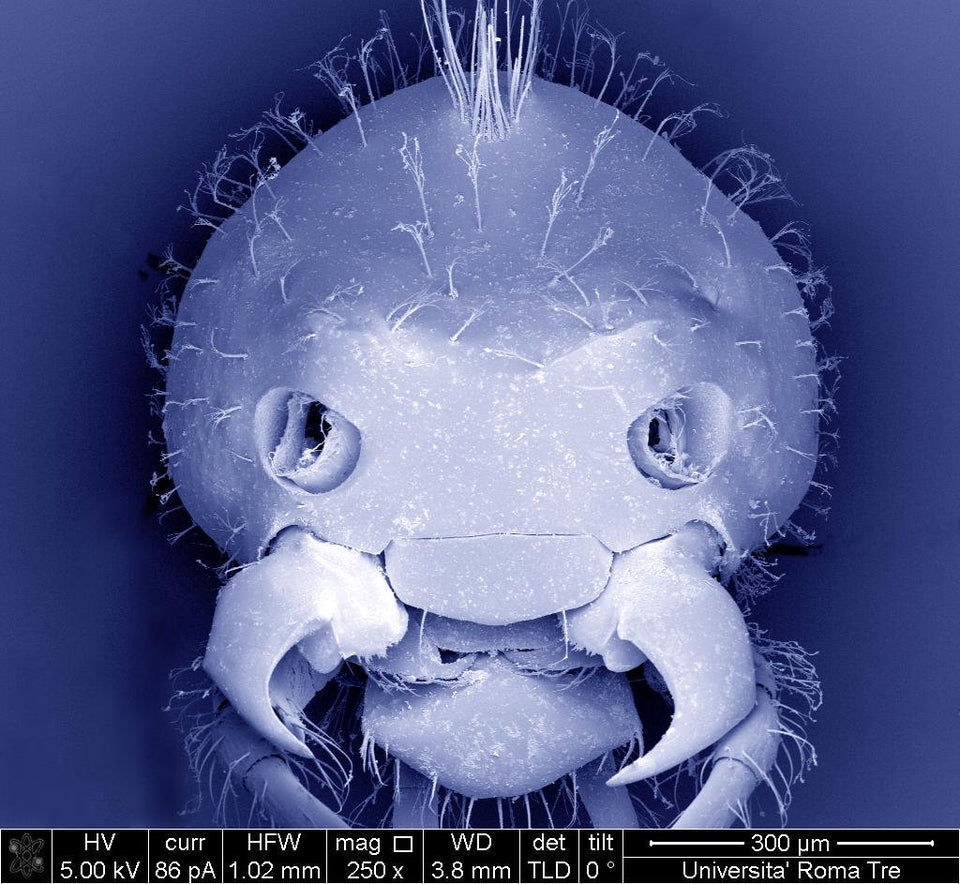
One day in the not-too-distant future, doctors may be able to treat deadly diseases like cancer by injecting an army of tiny nanorobots into the bloodstream. We're not there yet, but researchers say they may be one step closer to turning this science fiction-like idea into science fact.
Chemists at the University of Oxford have built a nano-sized molecule that can "walk" its way across a tiny track. The team developed a new method to observe the teensy robot take its one nanometer-long stride, since microscopes can only spot the motion of objects as small as 10 nanometers.
"These are the smallest steps that have been observed in real time, i.e. as they happen," Dr. Hagan Bayley, a professor of chemical biology at the University of Oxford and one of the researchers, told The Huffington Post in an email. "The step size is about one 100,000th of the diameter of a human hair."
The new "walkers" aren't the only tiny robots out there. Previous researchers have built molecular robots made of DNA, but these were much bigger than the new small molecular walkers and only work in water, according to the Oxford Science Blog.
For the new research, Bayley and his colleagues built their "walker" from an arsenic-containing molecule and placed it on a "track" made of a single strand of protein built inside a tiny protein pore. As the walker moved across the track's footholds, this caused changes in the current flowing through the pore. The researchers mapped these changes, allowing them to chart the walker's steps (see video below).
"At the moment we don’t have much control over which direction the walker moves in; it moves pretty randomly,"Dr. Gokce Su Pulcu, a postdoctoral fellow who studies nanotechnology at the university and the lead author of the new research, told Oxford Science Blog."The protein track is a bit like a mountain slope; there's a direction that's easier to walk in so walkers will tend to go this way. We hope to be able to harness this preference to build tracks that direct a walker where we want it to go."
The researchers hope that one day these nanobots may be able to deliver drugs throughout the body, or combine together into larger nanomachines that can operate inside cells.
The new research was published online on Dec. 8 in the journal Nature Nanotechnology.
